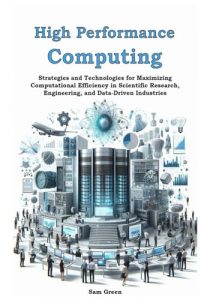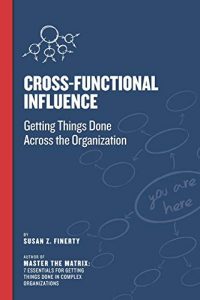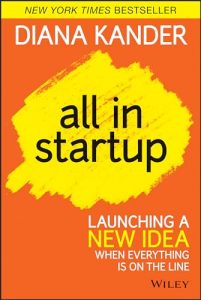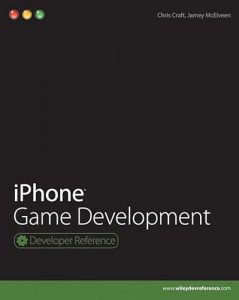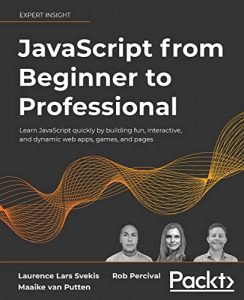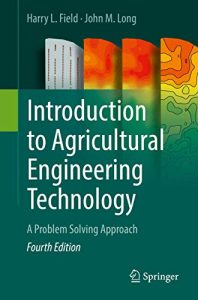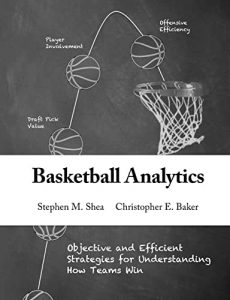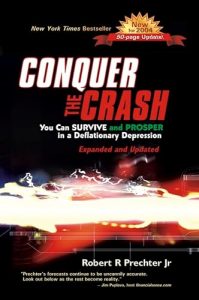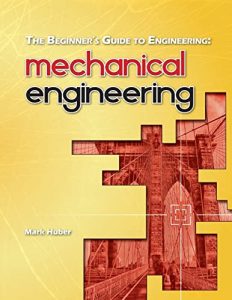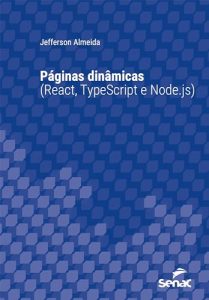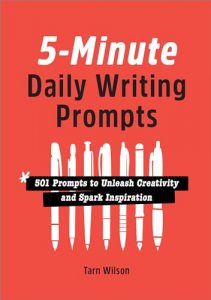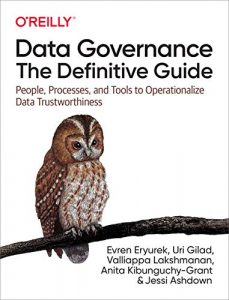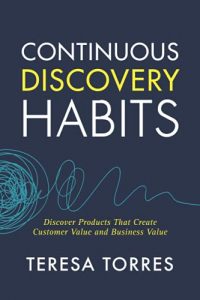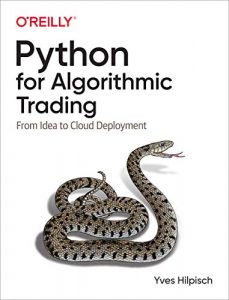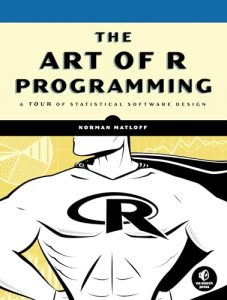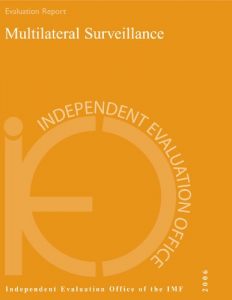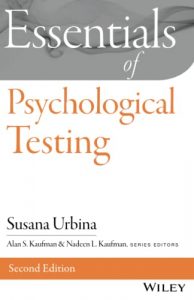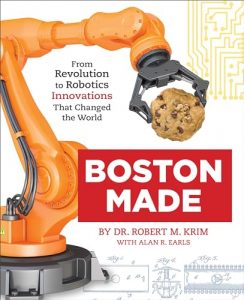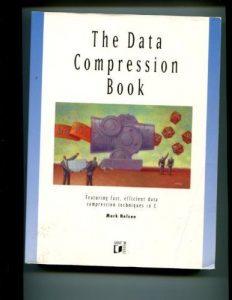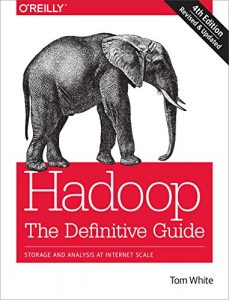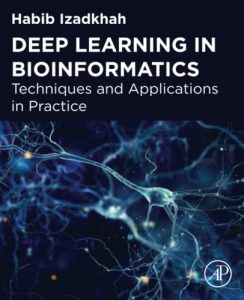1. Machine Learning with PyTorch and Scikit-Learn: Develop machine learning and deep learning models with Python
This book by Sebastian Raschka, Yuxi (Hayden) Liu, and Vahid Mirjalili is an essential guide for anyone looking to grasp the intricacies of machine learning using Python. The authors take you from the fundamentals to advanced applications, ensuring you understand both theoretical concepts and practical implementation. You will learn how to work with popular libraries like PyTorch and Scikit-Learn to build and deploy robust machine learning models. With real-world projects and clear, concise explanations, this book is not just informative but also engaging for practitioners and students alike.

2. Deep Learning for Coders with fastai and PyTorch: AI Applications Without a PhD
Authored by Jeremy Howard and Sylvain Gugger, this book makes deep learning accessible for everyone, even those without a computer science background. Their approach emphasizes practical coding applications using fastai and PyTorch, providing readers with hands-on experience in building models for real-world applications. This book is particularly appealing for coder-types eager to dive into artificial intelligence without the daunting prerequisite of a PhD. The conversational writing style adds to the overall enjoyment of learning, combining educational rigor with practical coding exercises.

3. Deep Learning with PyTorch: Build, train, and tune neural networks using Python tools
For those interested in honing their neural network development skills, this book by Eli Stevens, Luca Antiga, and Thomas Viehmann covers everything from the basics to more advanced topics. The authors offer comprehensive tutorials that guide you through building, training, and optimizing neural networks with PyTorch. This is an invaluable resource that takes a step-by-step approach, suitable for both beginners and experienced developers. By immersing readers in practical examples, it ensures that theoretical concepts translate effectively into real-world applications.

4. Deep Learning with PyTorch Step-by-Step: A Beginner’s Guide: Volume I: Fundamentals
Daniel Voigt Godoy provides a refreshing entry into deep learning with this beginner-friendly guide. The step-by-step format is perfect for novices who find themselves overwhelmed by complex literature on deep learning. This book outlines the basic principles of PyTorch, guiding readers through the core fundamentals to grasp recursive layers and deep networks. It’s a gentle, yet thorough introduction that sets a strong foundation for further exploration in deep learning, making it a must-read for newcomers.

5. Mastering PyTorch: Create and deploy deep learning models from CNNs to multimodal models, LLMs, and beyond
Ashish Ranjan Jha’s “Mastering PyTorch” takes deep learning to the next level. This book is designed for those who are already familiar with the basics and wish to deepen their understanding of PyTorch’s advanced capabilities. Covering cutting-edge techniques from convolutional neural networks (CNNs) to large language models (LLMs), it reflects the latest trends in deep learning. Expect hands-on examples and case studies that highlight the deployment of PyTorch models in real industry scenarios, making it an essential read for aspiring data scientists.

6. PyTorch Pocket Reference: Building and Deploying Deep Learning Models
Joe Papa’s “PyTorch Pocket Reference” is the perfect quick-reference guide for practitioners and coders on the go. This book compiles essential information and best practices for using PyTorch effectively. It is an invaluable tool for developers looking to refresh their memory on key concepts or seek solutions in real-time coding situations. Its concise format and practical information ensure that you can spend less time reading and more time coding. It’s a must-have companion in your deep learning journey.

7. Build a Large Language Model (From Scratch)
In this forward-thinking title, Sebastian Raschka invites readers to engage with the cutting-edge field of language models. Set to release in late 2024, this book focuses on creating a large language model from the ground up, making it a unique and exhilarating project for data scientists. This hands-on guide offers comprehensive tutorials and insights into model architecture and design, giving you the practical experience needed to tackle one of the most exciting areas in AI today.

8. Hands-On Generative AI with Transformers and Diffusion Models
This book by Omar Sanseviero, Pedro Cuenca, Apolinário Passos, and Jonathan Whitaker is a comprehensive guide on how to deploy generative AI. With the advent of diffusion models and transformers, this work is particularly crucial for creatives looking to reinvent their approach to AI-enriched projects. Clear demonstrations alongside strategic insights will help you leverage these technologies to create innovative applications, making it unmissable for anyone in the field of AI.

9. Understanding Deep Learning: Building Machine Learning Systems with PyTorch and TensorFlow
TransformaTech Institute’s “Understanding Deep Learning” is a go-to resource for anyone seeking a deeper understanding of machine learning systems. By comparing PyTorch and TensorFlow, this book provides a comparative framework to effectively grasp both platforms. With an emphasis on neural networks and practical applications such as NLP, the book prepares readers to handle a variety of machine learning challenges, making it rich with knowledge applicable for both academic and professional environments.

10. Fluent Python: Clear, Concise, and Effective Programming
Last but not least, Luciano Ramalho’s “Fluent Python” is an exceptional book that covers the Python programming language digestively and thoroughly. Understanding Python’s nuances is crucial for machine learning and deep learning practitioners, and this resource will teach you how to leverage Python’s power effectively. With examples and efficacious suggestions, it will help readers write cleaner code, enhancing their programming skills, which are essential for any deep learning project.






